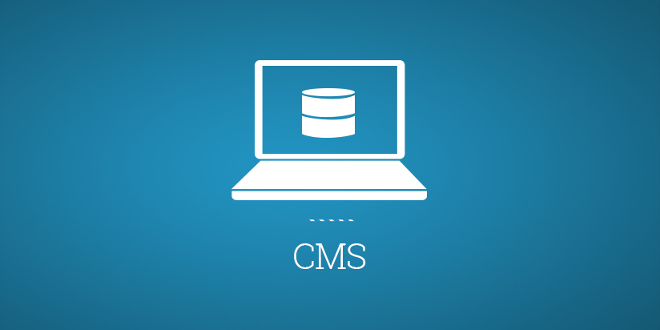
- Internet
- 15.08.2018
- EN
oshyn: Editor Managed Personalized Flash in OpenText™
Some of the exciting features we built using Red Dot CMS and Live Server and Flash. The functionality is related to building a content managed personalized flash component in Red Dot, which can be placed on any page of the site.
INTRODUCING Prasanth Nittala as my GUEST BLOGER.
Prasanth is a technical architect with Oshyn and is a thought leader integrating Web 2.0 with current ECM.
Background
Most of the websites include a flash component to highlight the features of the company, and for providing the users with the high level features that the site/company offers. But most of the times, these flash components have to be edited/managed by a programmer/web developer who knows some form of action script/language. As IT resources are thin and there are more important issues to handle, it becomes a problem for IT to make these minor changes to images, text on the flash slide. Any such changes sometimes result in lagtime, while the marketing team is expecting to get the changes done easily. Hence, it is of importance that these flash components be built in such a way that it is content editor managed.
There would be different sections of the website. It would be great if specific slides show on specific sections of the site.
Requirements
The challenges/requirements for this flash component
- Content editor managed flash piece
- Different flash slides for each section of the site
- Personalized per site visitor, section of the site
Solution
The different sections involved in this are as follows: - Content managed page which will be published as xml with the images paths, and text to display and all other animation effect variables
- Flash action script Reading XML
- Passing user profile details as parameters to flash file
- Programming logic to filter through xml sections based on the parameters received to flash script.
Example xml for dynamic xml looks something like this:
<?xml version="1.0" encoding="UTF-8"?> <nodes> <node code="section1" photo="01.jpg" contentTxt="ContentText for section1" contentColor="0C3376" contentAnim="_x" /> <node code="section2" photo="02.jpg" contentTxt=" ContentText for section2" contentColor="0C3376" contentAnim="_x" /> <node code="section3" photo="03.jpg" contentTxt=" ContentText for section3" contentColor="0C3376" contentAnim="_y" /> <node code="section4" photo="04.jpg" contentTxt=" ContentText for section4" contentColor="0C3376" contentAnim="_alpha" /> <node code="section5" photo="05.jpg" contentTxt=" ContentText for section5" contentColor="0C3376" contentAnim="_y" /> </nodes>
The above xml shows few nodes of the xml that is read by the flash file. Each node represents a slide in the flash movie, and the attributes of the node refer to the content of slide.
Anyone familiar with RedDot cms system will be able to break down the above xml into respective templates. One way to build it is by breaking into the following templates:
XMLRoot template
<?xml version="1.0" encoding="UTF-8"?> <nodes> <%con_body%> </nodes>
XMLNode template
<node code="<%stf_SectionName%>" photo="<%img_Image%>" contentTxt="<%stf_contentText%>" contentColor="<%stf_contentColor%>" contentAnim="<%optList_contentAnimation%>" />
You then create instances of these templates and edit the file name of the instance based on the XMLRoot as “flashxml.xml” or some filename with xml extension.
You would then have a template for embed flash code that accepts this xmlfile path (by using an anchor element linking to xml page instance) as the parameter for the flash file to read.
In this way by providing ways to change content in the xml file, the flash file contents can be easily changed by content editor without any intervention from IT.
Different flash piece for each section
- Create a seperate instance of XML file per section
- Create a seperate instance of Flash page having link to respective individual XML file per section created in previous step
This will provide for different flash piece for each section of the site.
Personalized flash piece per visitor
Once we have this basic version of flash working, we can build a more personalized flash by doing the following:
- By adding content attributes to the XMLNode which provide for filtering attributes (example “stf_Location”).
- Letting content editors define the value of the location for each XMLNode
- Adding another parameter to the flash file which will be user location, based on which the flash action script program will identify which nodes to be displayed.
In this way, we meet all our requirements. On a side note, this concept is applicable to not just OpenText Management Server(previously RedDot CMS) but can be extended to suit any CMS system in general.
Source: Editor Managed Personalized Flash in OpenText™
© copyright 2010 by oshyn